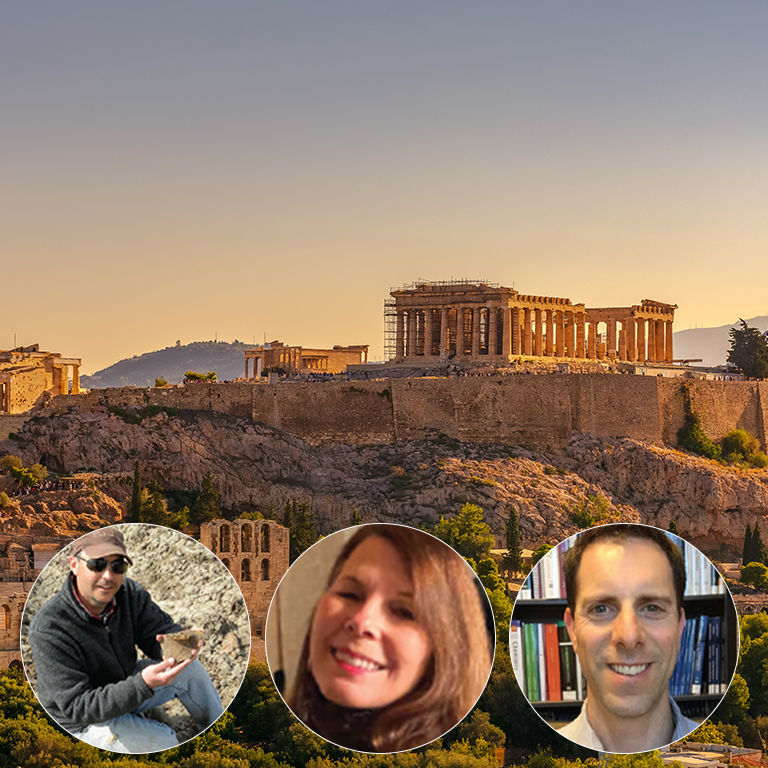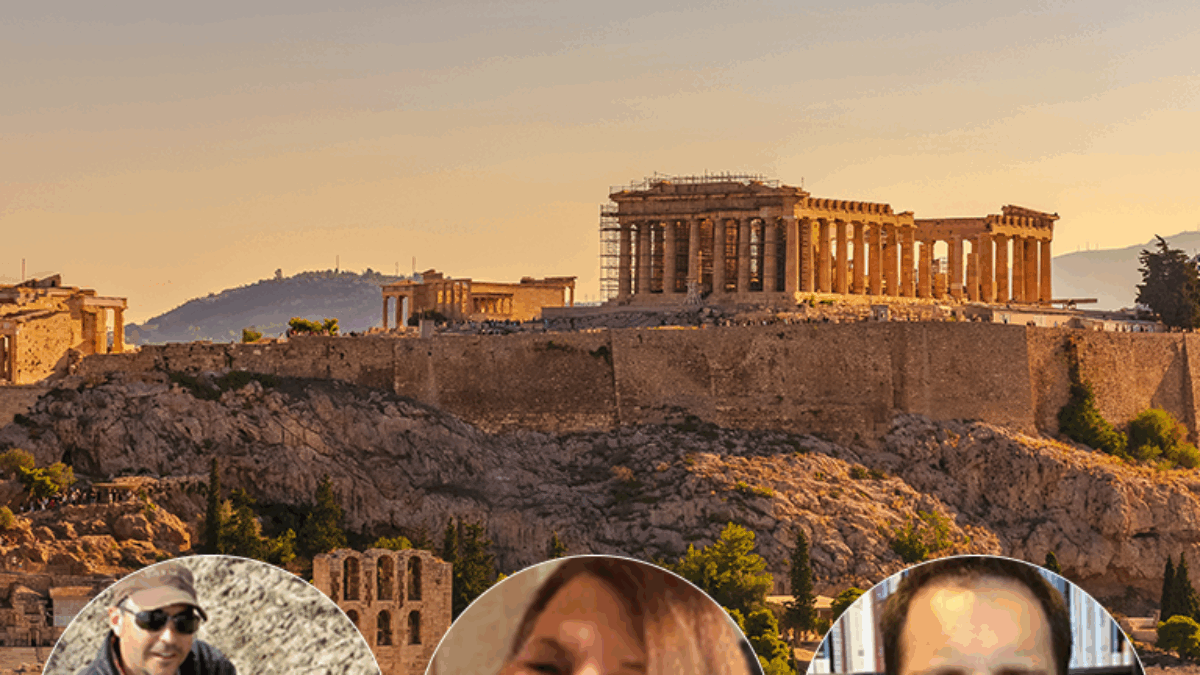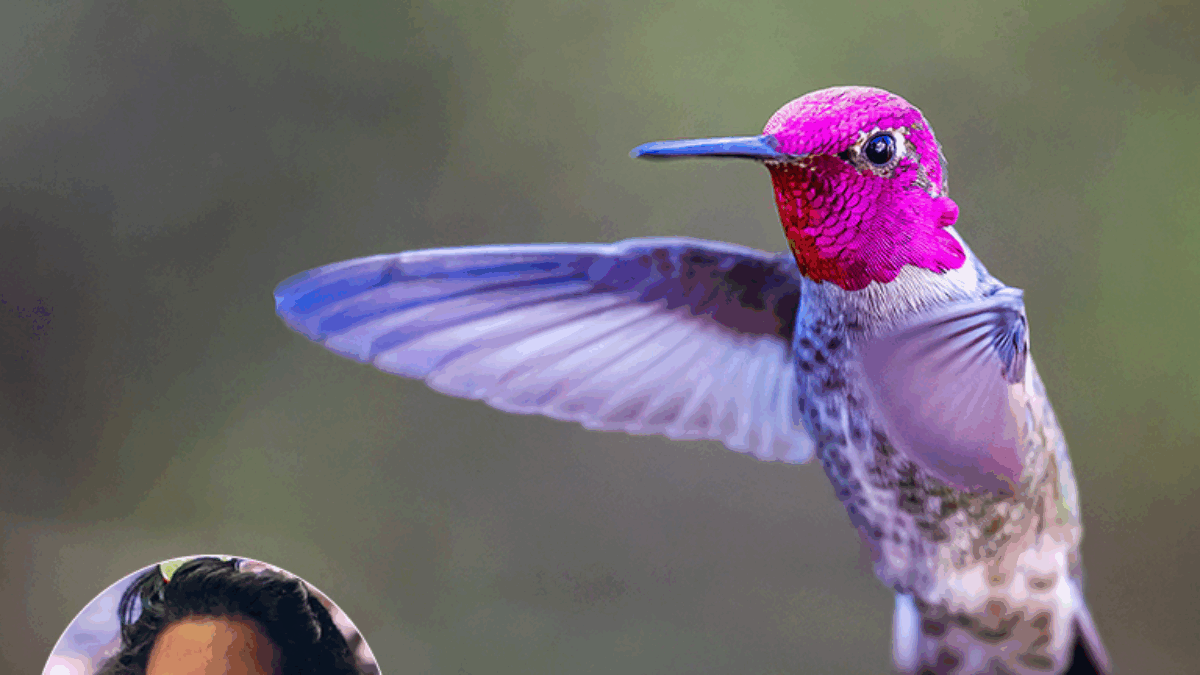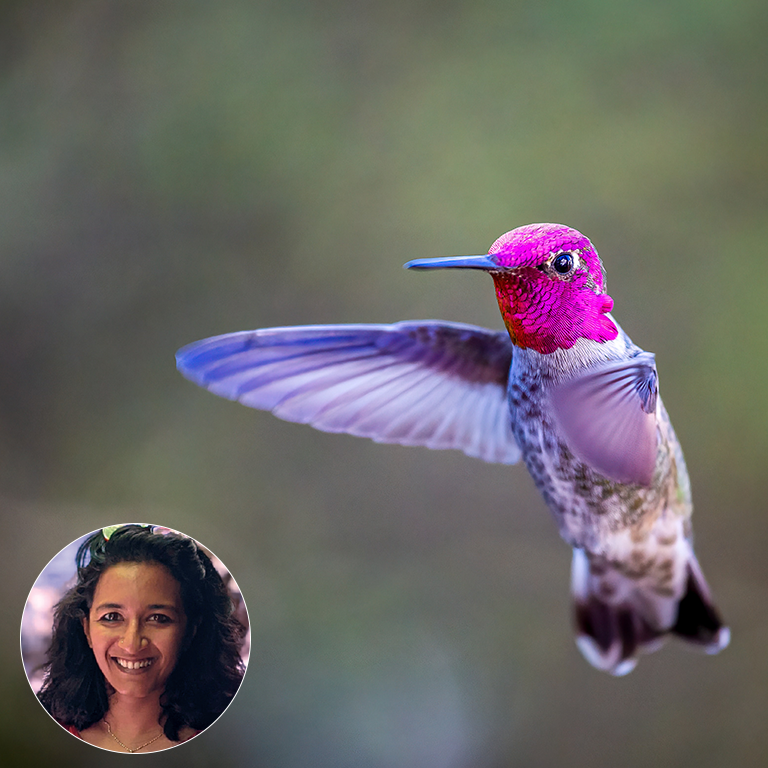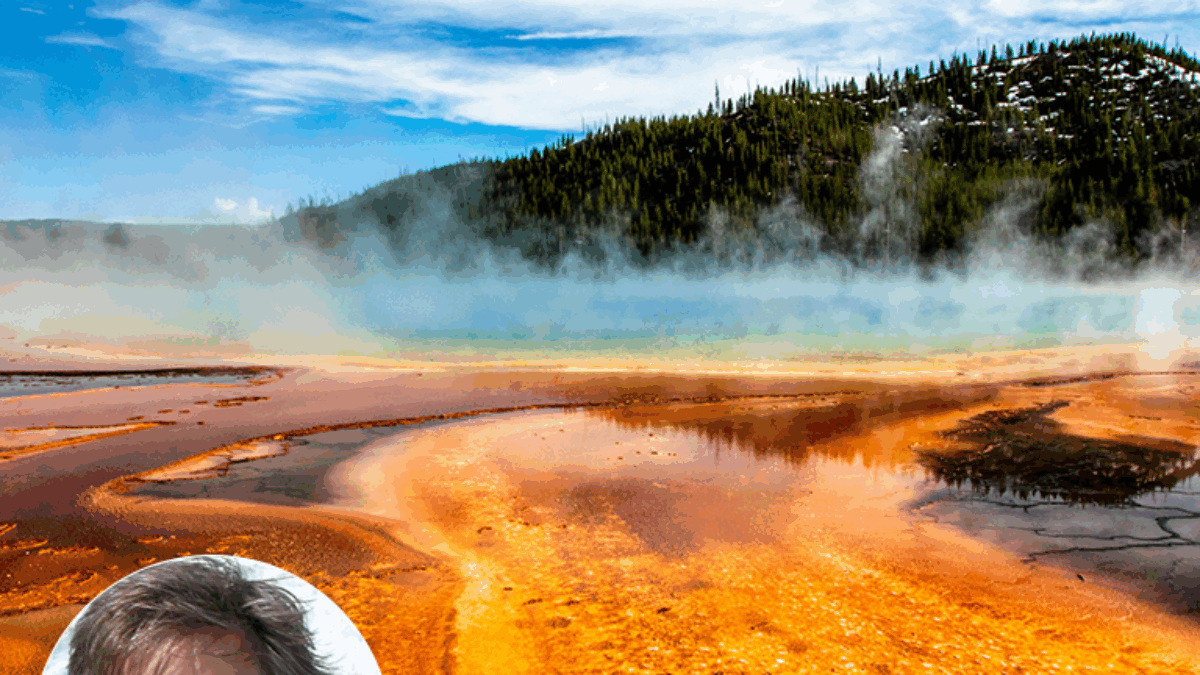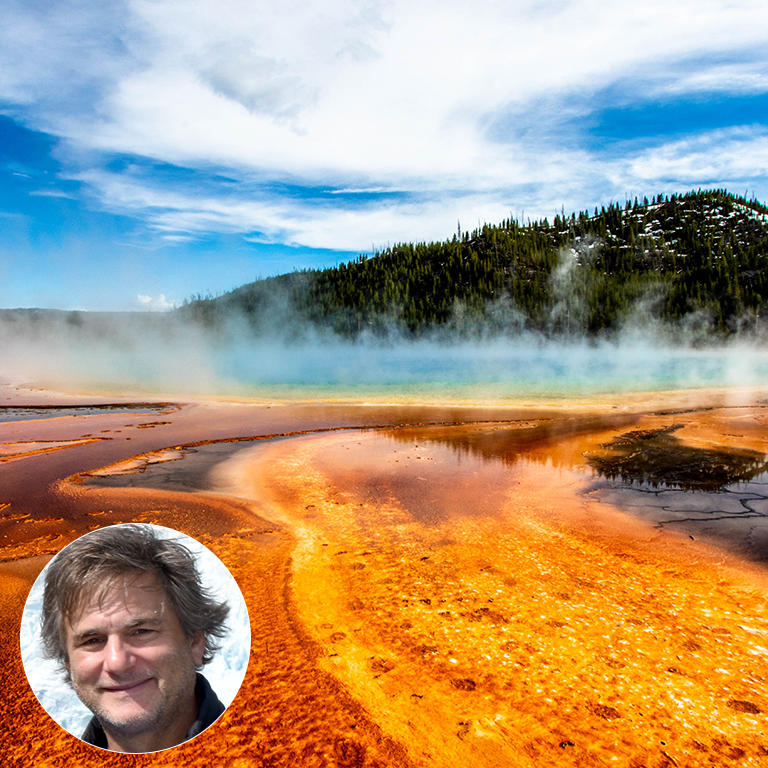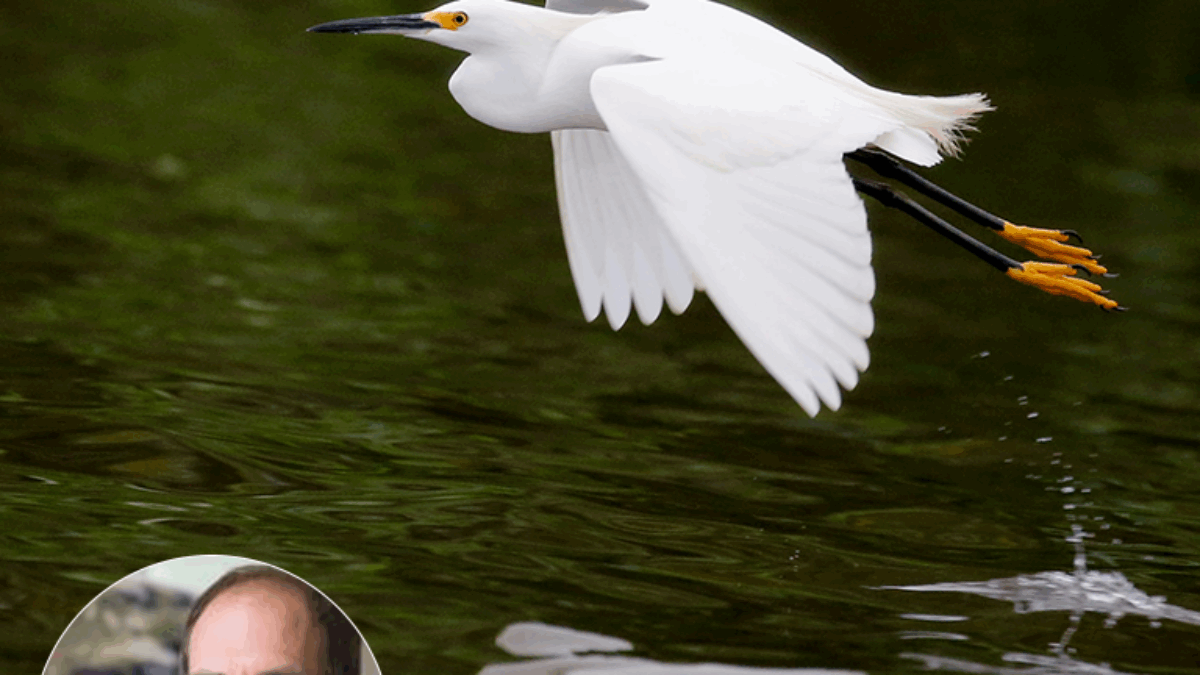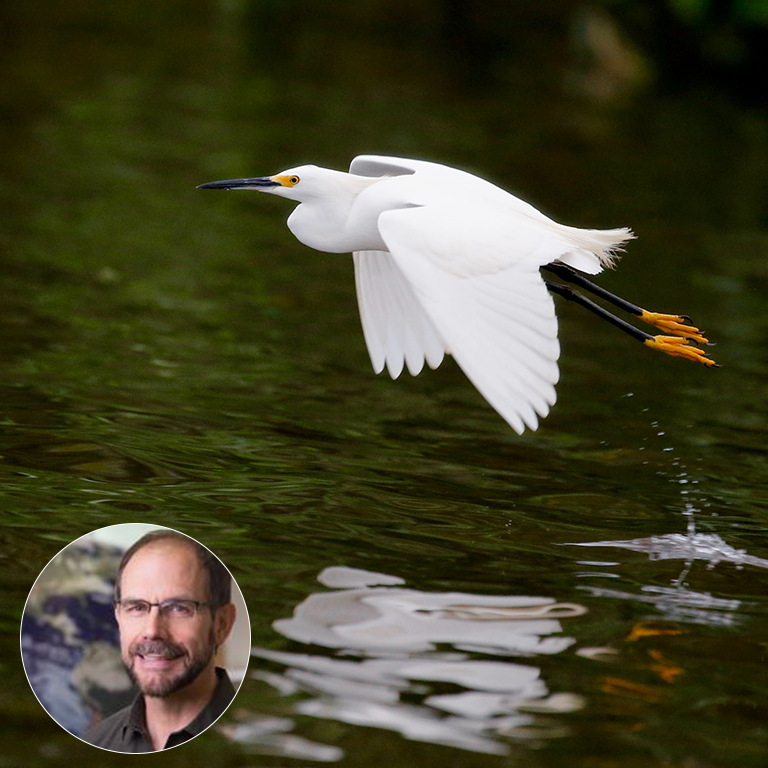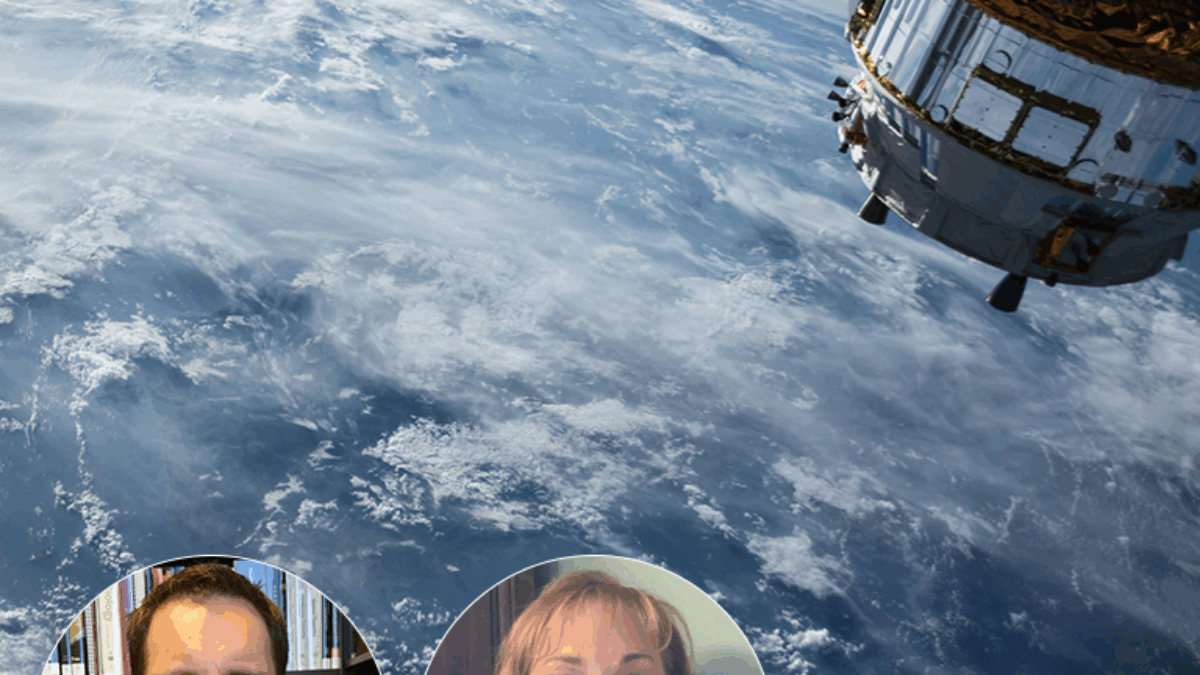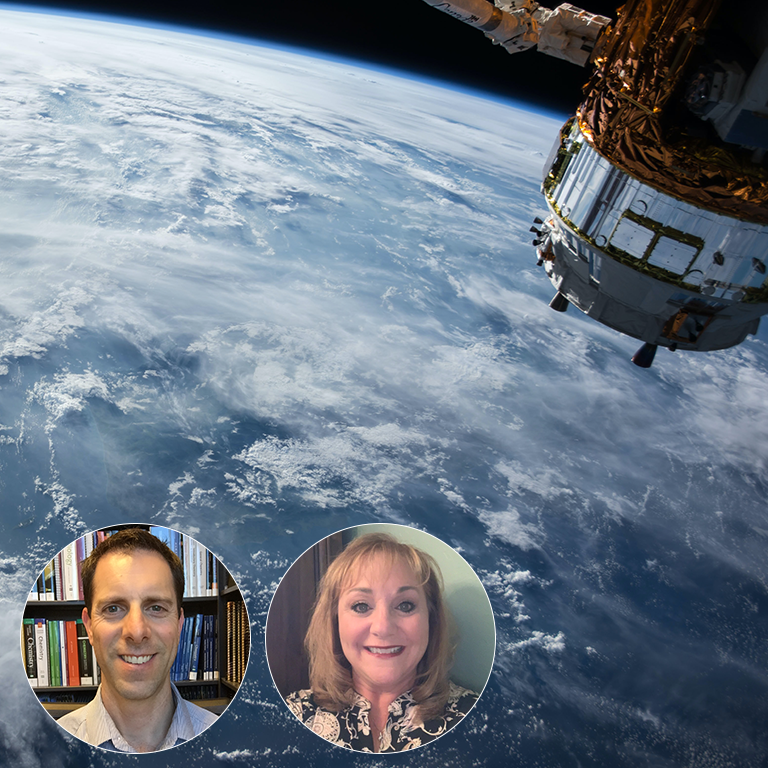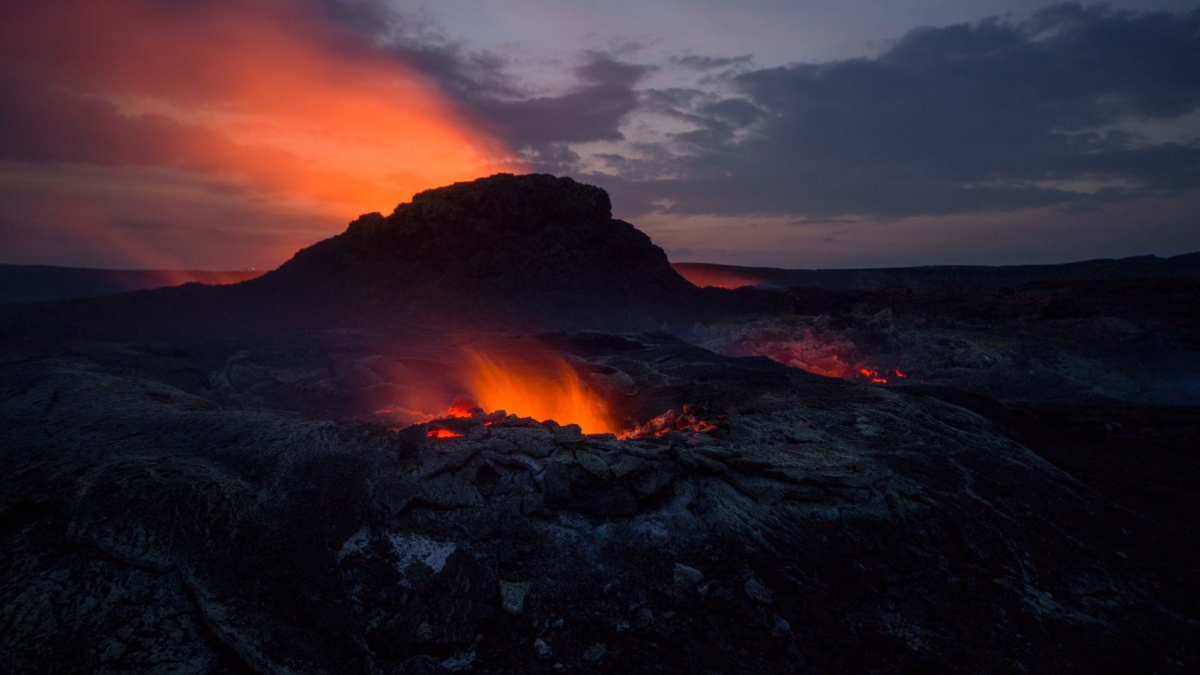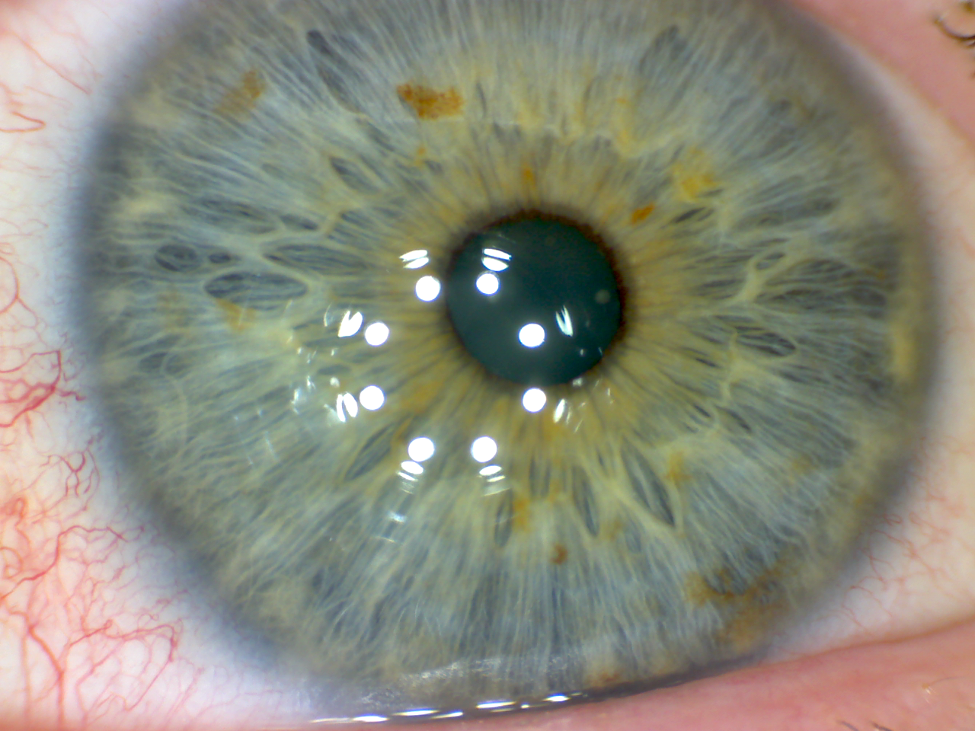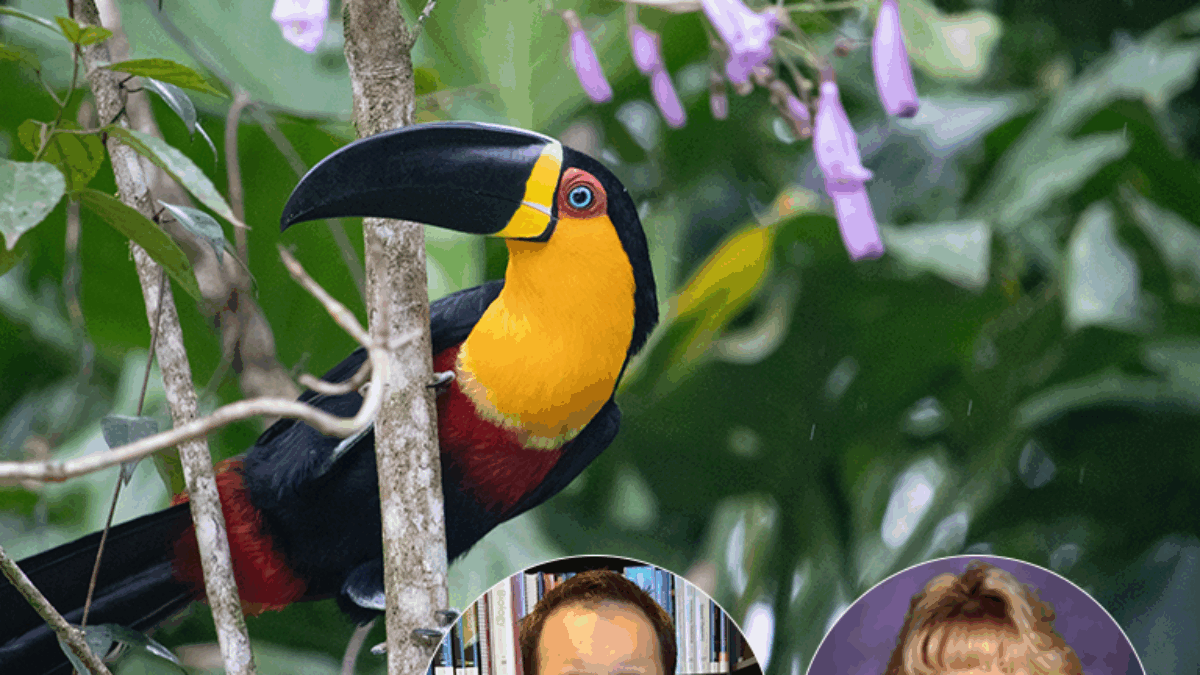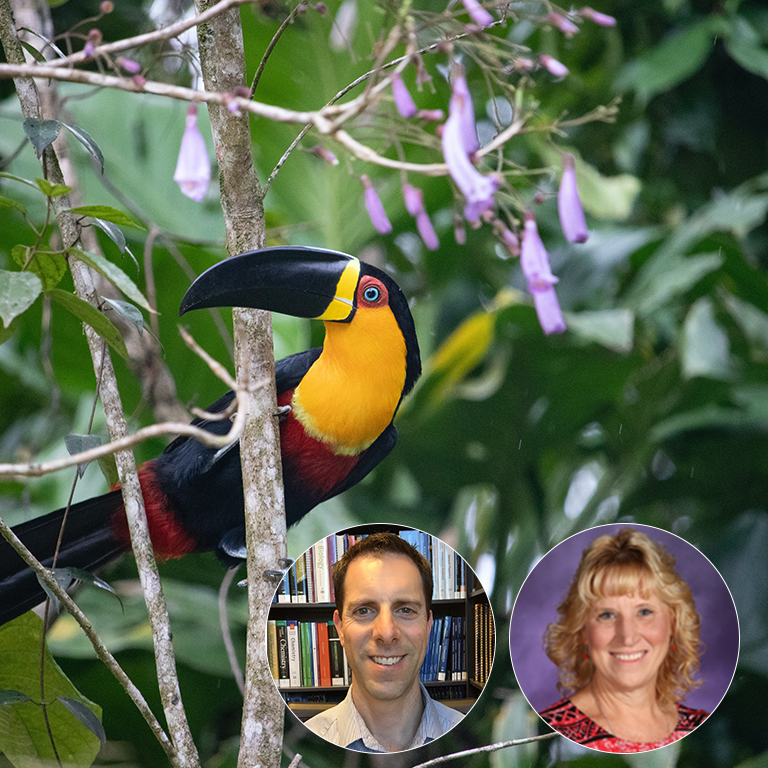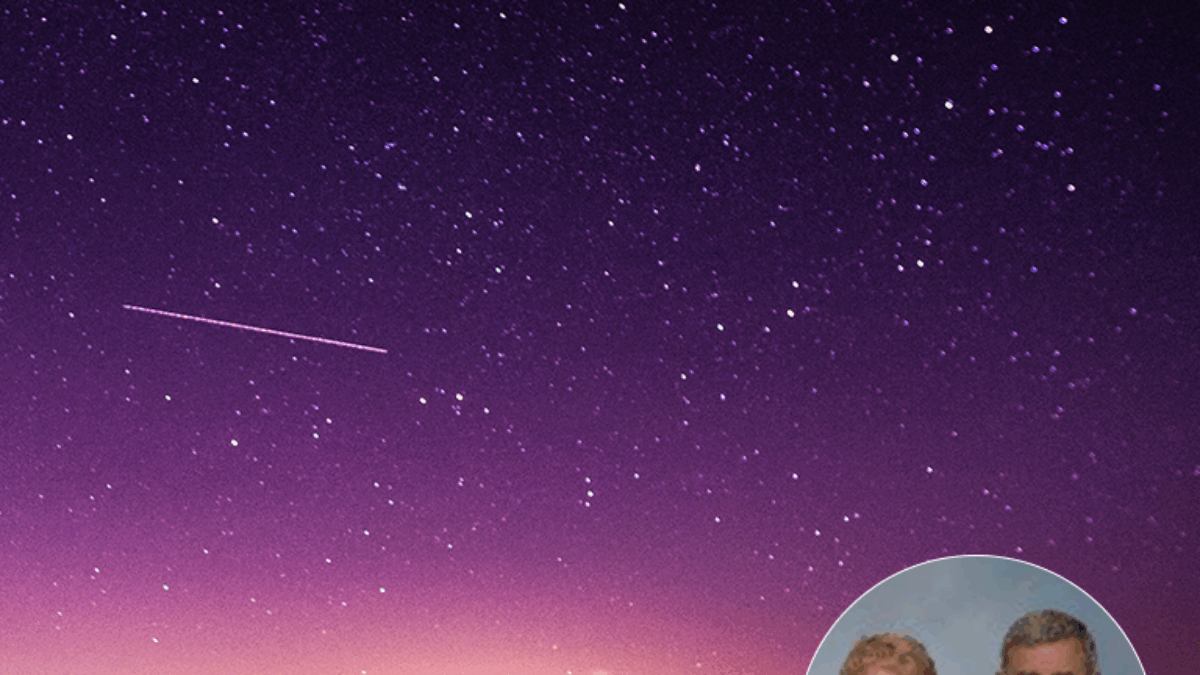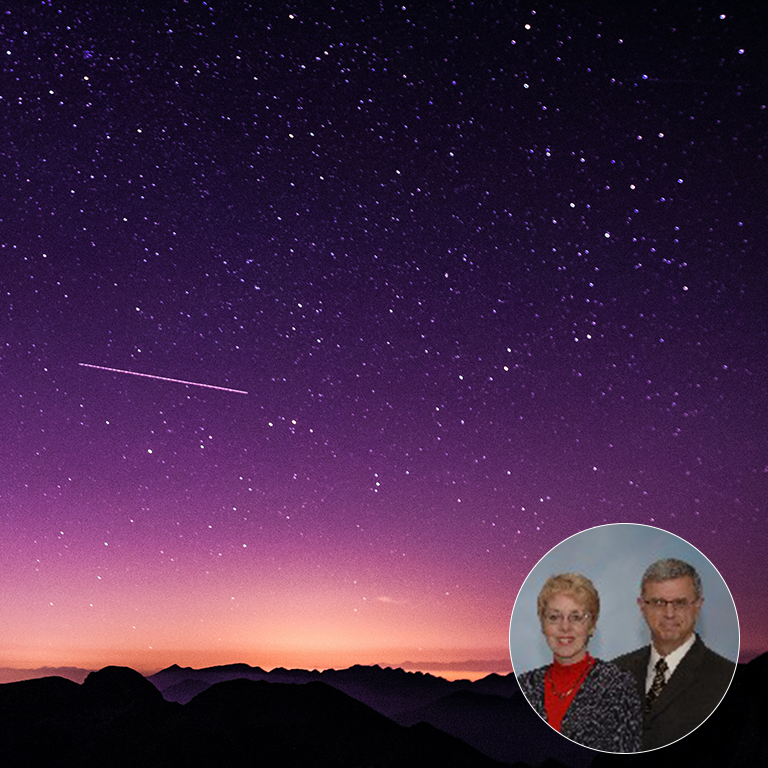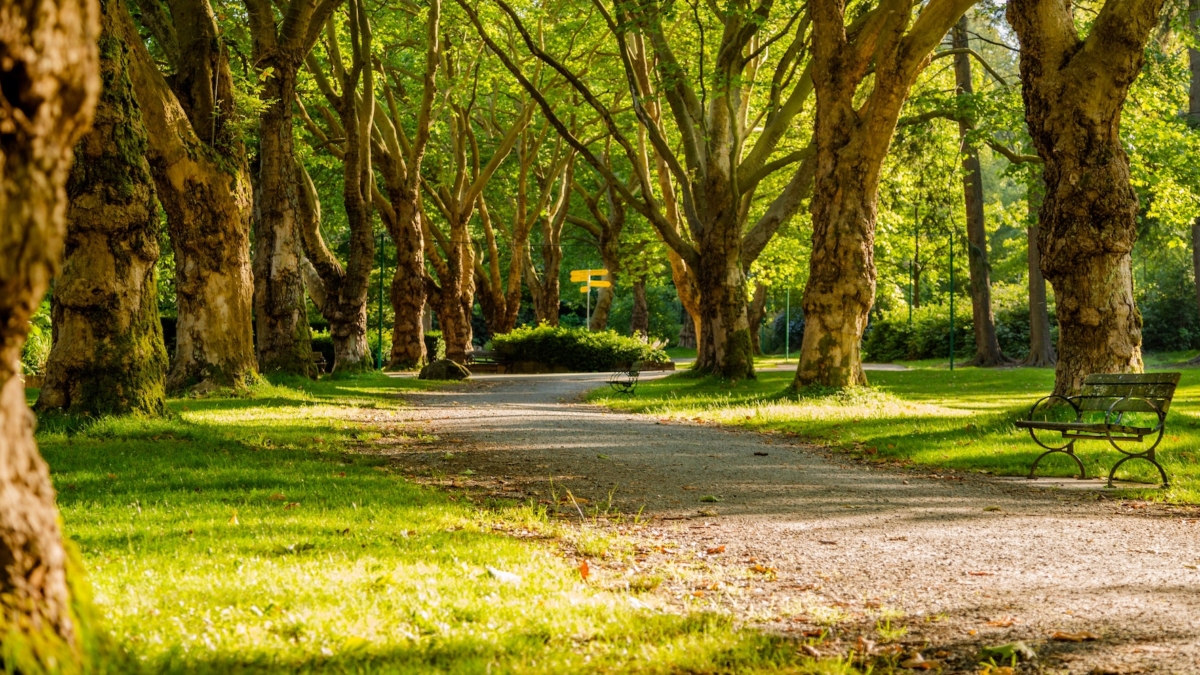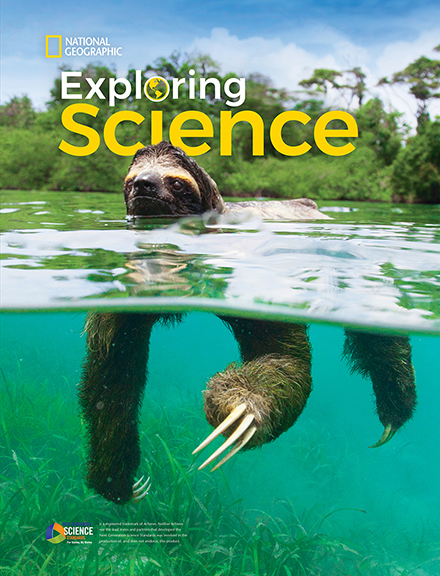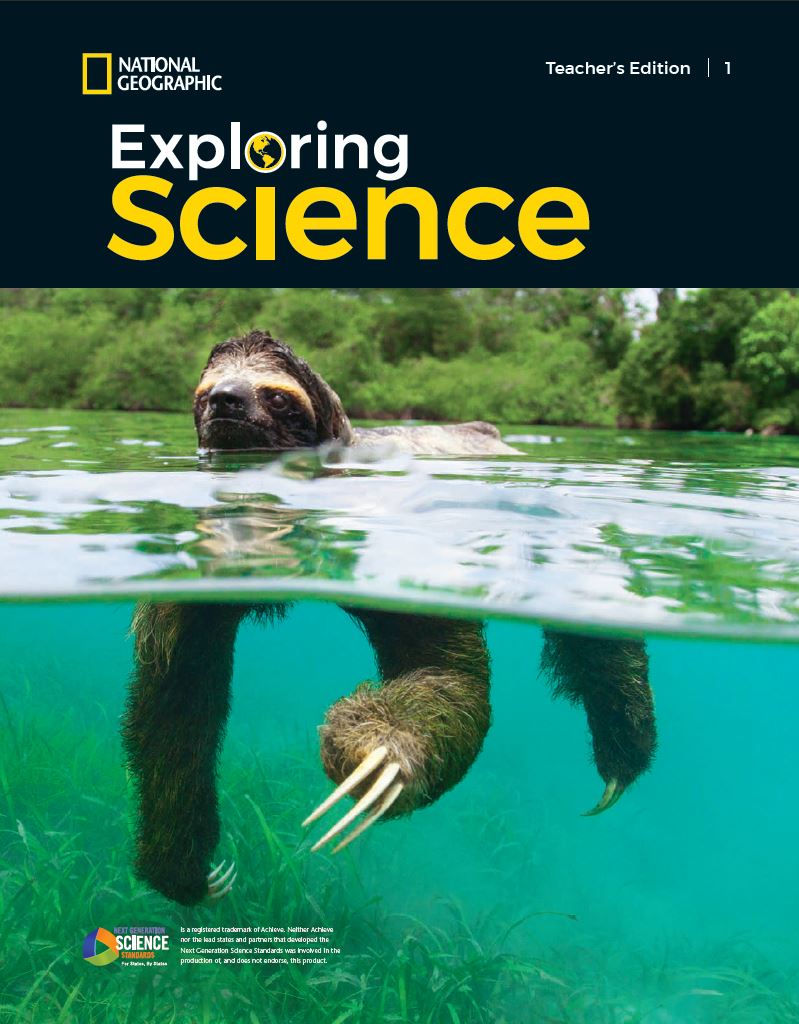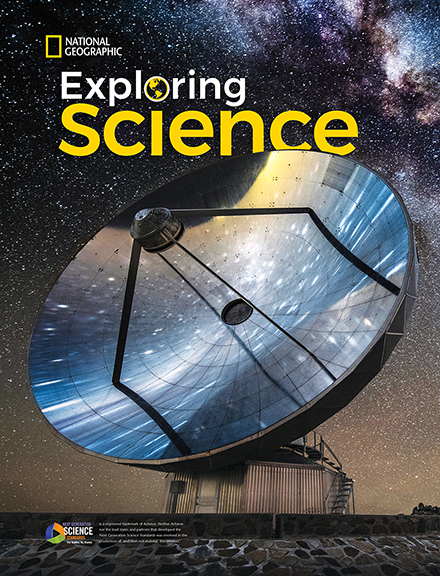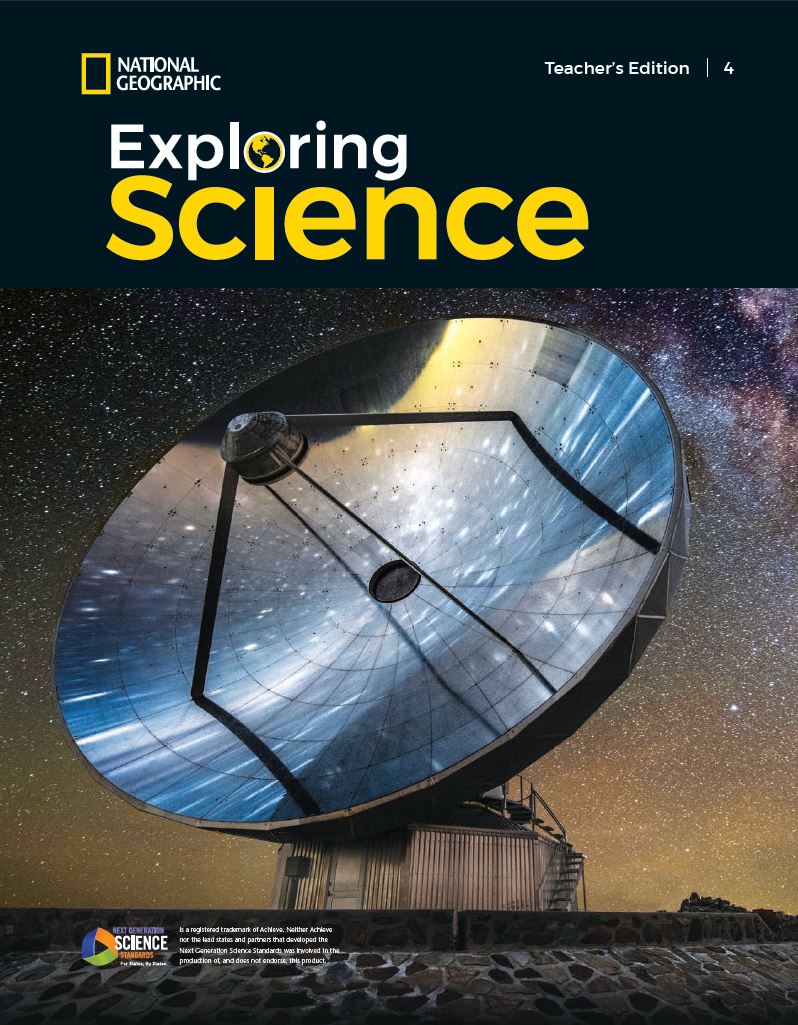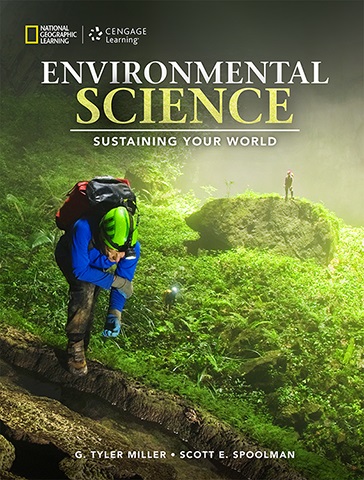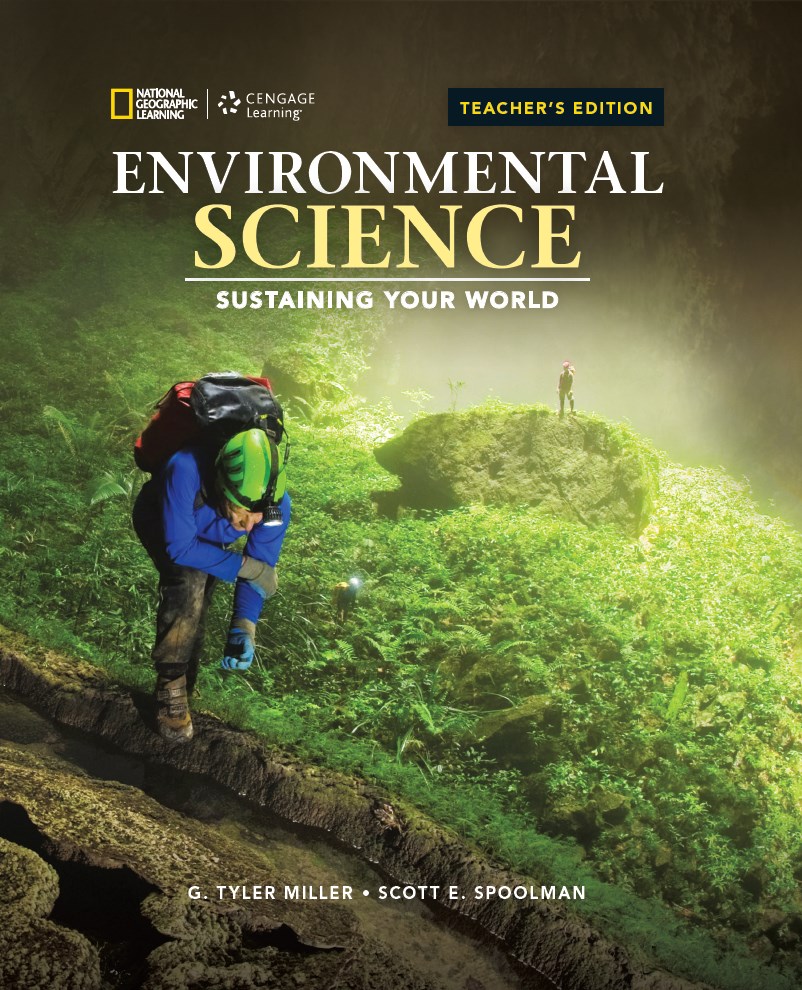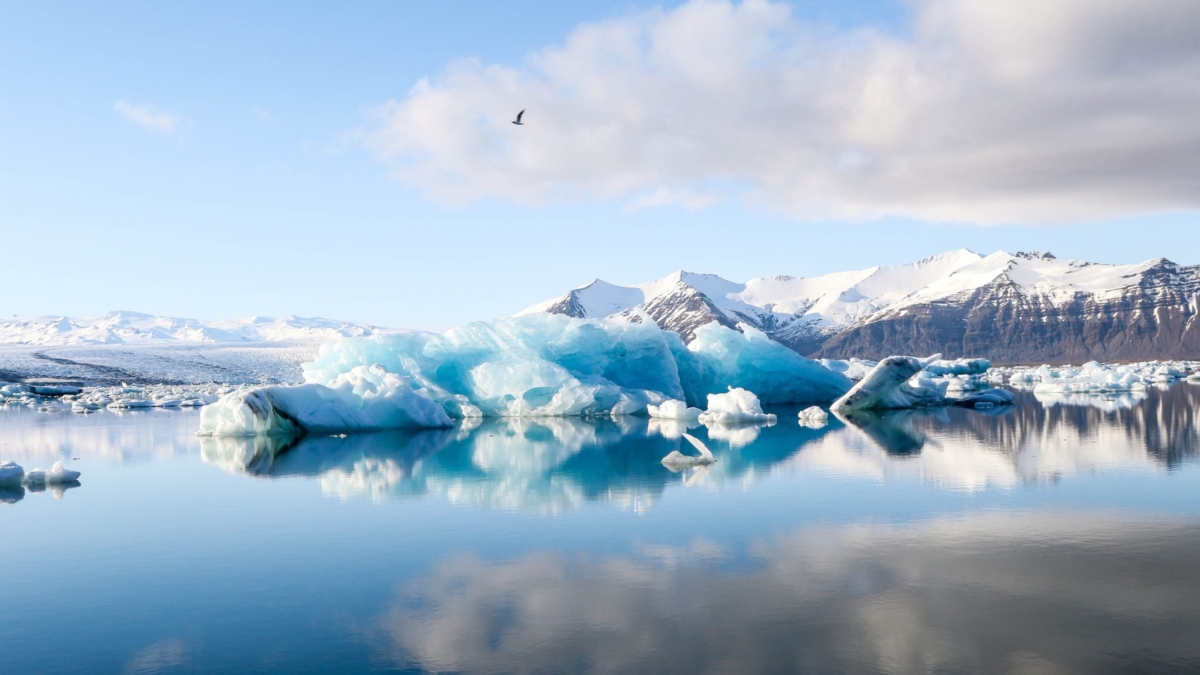#2 Practice the Powers of Observation
Making observations may seem like a simple task, but students (especially younger ones) can always use more practice in finding important details and patterns, and also practicing patience. One way you may not have tried is to have students make animal observations using the hundreds of free live streaming cams offered by zoos, aquariums, and other nature organizations. What is great about these is that they usually stream 24 hours a day allowing students to peek in on animal life at any time of day or night. Having students focus on one species (or even one specific individual animal), and make observations over hours or days will increase their observational skills and provide a window into animal behavior that a few minutes at a crowded zoo cannot provide. There are literally hundreds of zoos and aquariums with cameras, but below are a few good options to start with.
San Diego Zoo
National Zoo in Washington, DC
Monterey Bay Aquarium
#3 Connect Students Live with a Real Scientist
Kids will (sometimes) happily watch a pre-recorded video as part of a science lesson, but why not make that experience active and real by connecting live with a National Geographic Explorer or other scientists? There are many opportunities for your students to talk live to a scientist, engineer, Explorer, or photographer where students are live on-camera with the Explorer and able to talk and ask questions directly to them. The National Geographic Explorer Classroom program offers teachers comprehensive support for these live encounters with Educator Guides available for each event to help you prep students before, to pay closer attention while live, and to discuss what was learned after the event. Some of these are even offered in Spanish and American Sign Language.
One teacher, Joe Grabowski, set up so many of these live events with scientists and his students that he actually became a National Geographic Explorer because of his work to connect students to real scientists this way. With help from Nat Geo, Joe was able to set up and expand his own organization called Exploring By the Seat of Your Pants to facilitate daily live events for students to connect with scientists live.
The best part is that every event from both organizations above is recorded and available for free, on-demand, any time. There are literally hundreds of videos on every subject area imaginable to choose from!
Students can also get to know National Geographic Explorers through using our National Geographic Exploring Science program for grades K-5 where students ‘meet’ many Explorers in the pages of the book and in the digital platform through videos. Each grade includes one host Explorer who revisits students throughout the year in the text and digital platform.
#4 Take a Virtual Field Trip
Instead of using Google Earth to fly over your own house or to ‘spy’ on your neighbors, why not use the power of the tool to take students to places they’ve never been before? Google Earth and other organizations have created some incredible opportunities for learning through hosted, informational, and content-rich explorations all over the world. Being whisked away digitally to a faraway place is only so valuable without some context and guidance while you’re there. The examples below include either teacher resources to help students make the most of their trip, or they have valuable resources and guidance built-in to keep students on task in their learning. The Google list below includes several expeditions created by National Geographic and other Explorers including Jane Goodall. All of these are free resources.
The Nature Conservancy Virtual Field Trips
Google Earth “Voyager” Expeditions (may take a minute to load)
National Geographic Virtual Expeditions:
Saving the Kordofan Giraffe with Explorer Naftali Honig
Goodall, Gombe, and Google with Jane Goodall
Building the National Geographic Photo Ark with Joel Sartore
Helping People and Animals Coexist with Explorer Krithi Karanth
Explore the Last Pristine Seas with Explorer Enric Sala
#5 Connect with the Broader Science Community — Citizen Science
Students as young as preschool have the skills to collect real scientific data that scientists need to do their work. Allowing students of all ages the opportunity to make a real contribution to the scientific body of knowledge can be a very powerful experience. Citizen Science projects connect everyday people and their willingness to observe and collect some data, with scientists who rely on that data to conduct their research. This can be as simple as taking a picture with your phone using the iNaturalist App to share with the science community, or as elaborate as climbing a mountain peak and collecting snow samples along the way (only for the experts!). These projects can also be as local as observing the stream in your neighborhood to the worldwide Christmas Bird Count conducted every year for the past 120 years by the Audubon Society. Get started choosing how you’ll make an impact with the links below.
scistarter.org
National Geographic Citizen Science Projects
Adventure Scientists run by NG Explorer Gregg Treinish
